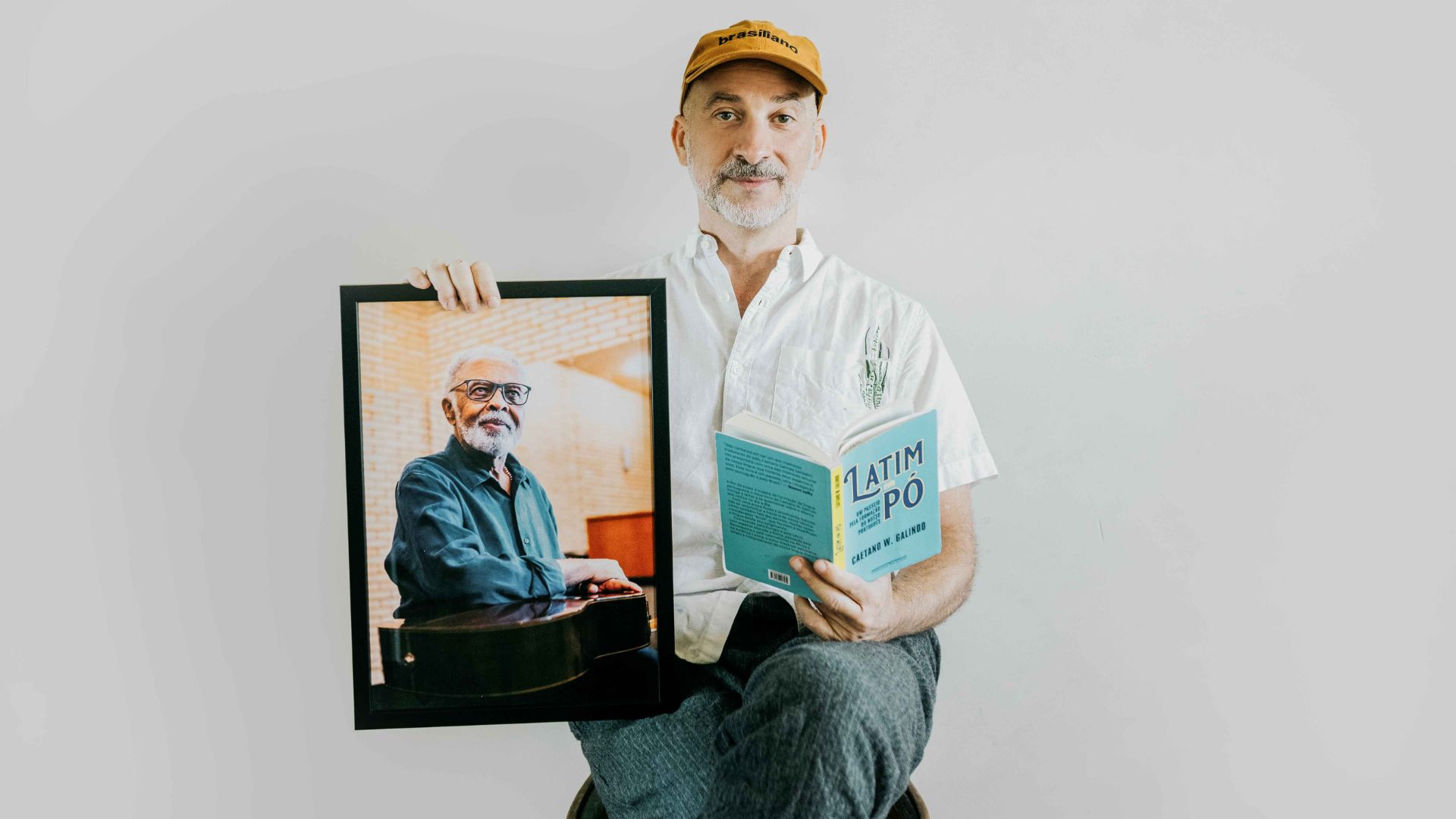The condition was one of the topics discussed at the Estadão Health and Wellness Summit
Dementia is already considered one of the leading causes of disability in the world. And it tends to grow. By 2050, mental illnesses will be among the three largest disease groups in Latin America. In Brazil, eight out of ten people with some type of dementia don’t even know they have the disease.
“This is worrying because diagnosis is the gateway to treatment, but access is still unequal and largely depends on the region of the country,” said Cleusa Ferri, a professor at Federal University of Sao Paulo (Unifesp) and member of the Public Policy Committee on Dementia of the Ministry of Health, during Health and Wellness Summit promoted by Estadao this Tuesday, 9pm.
A few reasons explain the underdiagnosis, the main one being the lack of medical training. “Many dementia patients are monitored only by diabetes or from hypertensionwithout the cognitive issue even being investigated,” Cleusa said.
“We need to increase the training of healthcare workers so that when they care for a person with high blood pressure, they are also able to recognize that there is a problem that goes beyond that clinical condition,” he added.
When not alerted, the patient may also notice a symptom, but interpret it as something natural. agingwhich it isn’t.
“During my training, I only took one course on dementia – and it lasted two hours,” reported Claudia Suemoto, professor of geriatrics at the Faculty of Medicine of University of Sao Paulo (USP). “We need to teach this topic in university and continuing education, especially to family doctors, cardiologists and gynecologists, who have frequent contact with the elderly,” he argued.
In addition to cultural perception, it is necessary to consider the path of scientific development related to the disease. Despite progress, the diagnosis is still quite complex, explained Eduardo Zimmer, professor at the Federal University of Rio Grande do Sul (UFRGS) supported by the Serrapilheira Institute.
“There are currently already tests approved by Anvisa that help in diagnosis, such as biological markers, but they are very expensive and are not available for use in SUSthat serves the majority of the population,” he reflected.
The good news is that there is a global trend towards the development of new, more accessible blood tests, which could greatly facilitate the diagnosis of dementia.
“There is a maturation period for these scientific advances to become reality and reach the cutting edge of the world. But we are evolving overall in terms of diagnosis,” Zimmer said.
Stigma delays treatment
In addition to the structural limitation, there is a more subtle obstacle in dementia: stigma. “Stigma runs through us as a society,” said Elaine Mateus, president of the Brazilian Federation of Associations of Alzheimer’s (Febraz). “When people are faced with changes in memory or behavior, they tend to think it is normal, something expected for their age. There is fear, prejudice and even negligence.”
In dementia, he argued, the biomedical discourse is predominant. “We define the condition itself by losses, a chronic neurocognitive decline without cure. But it could also be defined as a condition that imposes challenges, but allows for possible pathways and quality of life.”
Elaine recalled that there are also non-pharmacological treatments, which are proven effective, but less appreciated. “Therapies that work on motor, social and emotional aspects have notable effects. And early diagnosis is what allows the patient to access these approaches at the right time.”
National Dementia Policy
Brazil sanctioned last year the National policy for comprehensive care for people with Alzheimer’s disease and other dementias. But according to Cleusa it is still necessary to get the plan off the ground.
“We must remember that the SUS already does a lot: in aged care and elderly care palliative care. What is missing is integrating prevention, diagnosis and treatment actions, both for the patient and for family members and caregivers.”
Cleusa advocated for continued investment and cross-sector governance to make the law a reality. “We expect resources and structures so that this policy can actually be implemented.”
Reducing risks is possible
Finally, the guests of Health and Wellness Summit reminded that most cases of dementia could be avoided or delayed.
If we eliminated the 14 main risk factors – such as smoking, sedentary lifestyle, hypertension and poor education – we would avoid about half of the cases of dementia in the world. “The biggest risk factor is poor education. Investing in education means investing in prevention”, underlined Claudia.
Experts say the combination of early diagnosis, integrated treatments and coherent public policies can change the course of the disease in the country. “When we have the expectation not necessarily of a cure, but of a dignified life, however long it may be, we fear much less, whatever the diagnosis,” concluded Elaine.
Source: Terra
Ben Stock is a lifestyle journalist and author at Gossipify. He writes about topics such as health, wellness, travel, food and home decor. He provides practical advice and inspiration to improve well-being, keeps readers up to date with latest lifestyle news and trends, known for his engaging writing style, in-depth analysis and unique perspectives.









